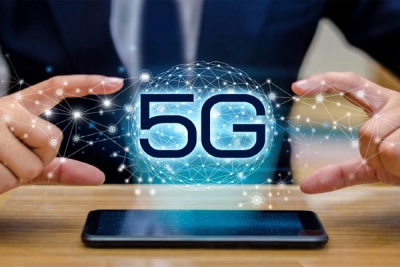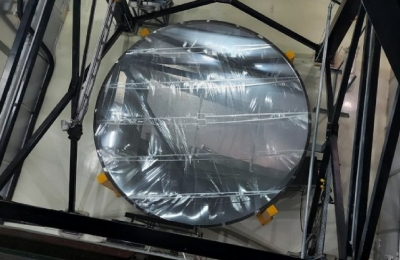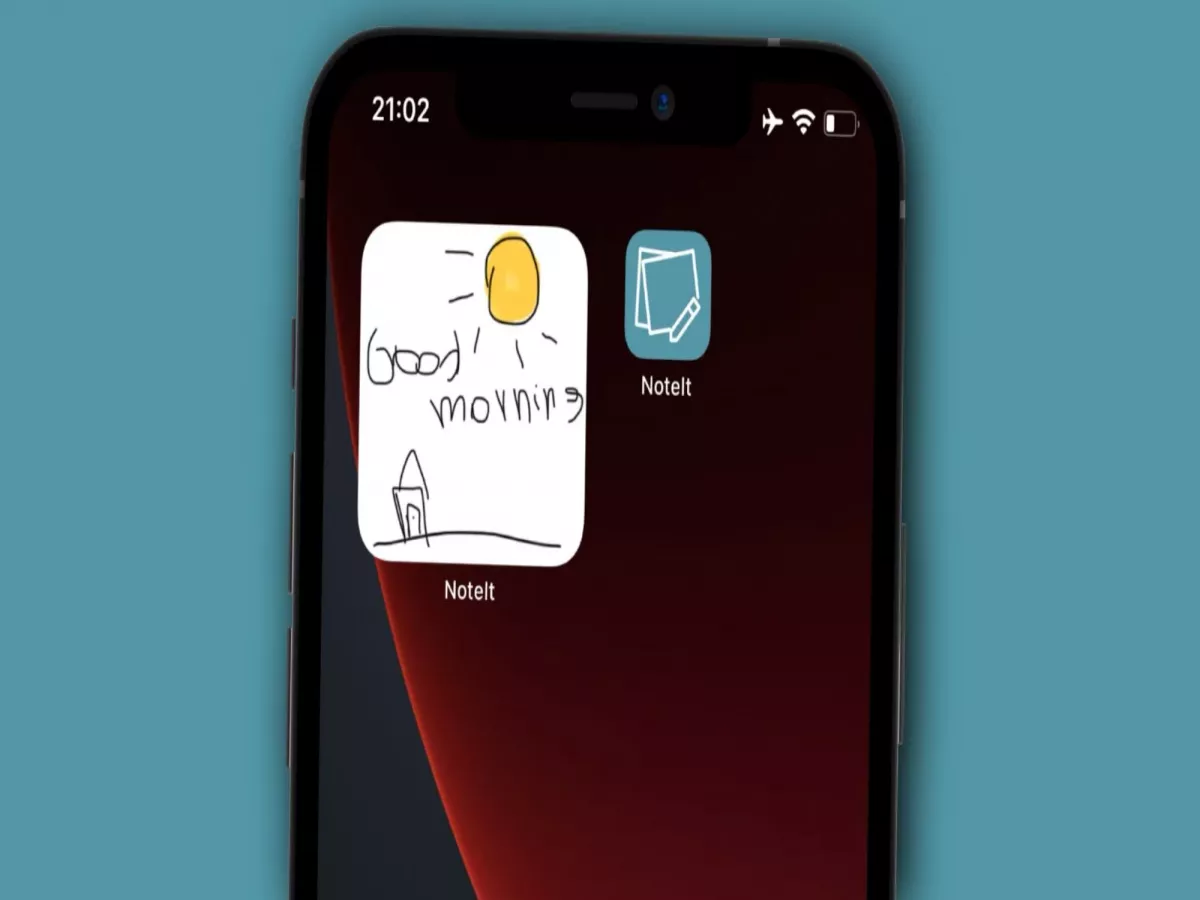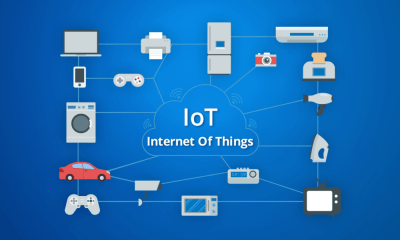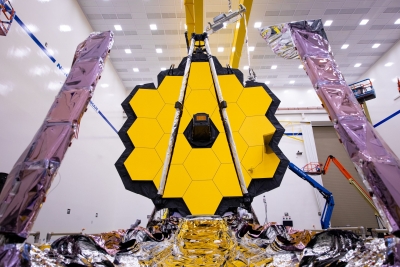What is small satellite launch vehicle?
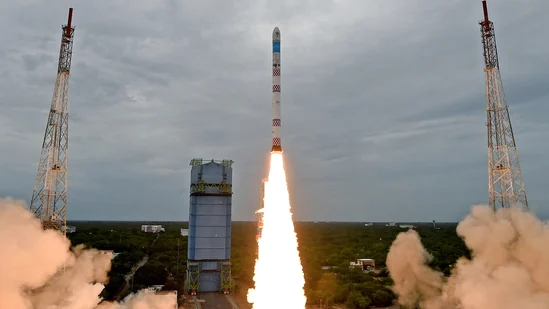
The Indian Space Research Organisation has been successful at developing space launch vehicles, building satellites, and launching them. But the space agency faced a glitch recently on the maiden journey of its Small Satellite Launch Vehicle (SSLV). Let's see what an SSLV is.
As the name suggests, an SSLV is a small satellite launch vehicle capable of launching lightweight satellites. The ISRO's SSLV is 34 metres tall, weighs 110 tonnes, and is equipped to launch satellites weighing between 10 kg and 500 kg to low earth orbit (LEO), that is up to 500 km from Earth. Such lightweight satellites are also called mini, micro, or nano satellites.
The SSLV has been developed to cater to the emerging market for the launch of small satellites into Earth's low orbits by developing countries, students, and others. The SSLV is the third offering of the ISRO after the Polar Satellite Launch vehicle (PSV) and the Geosynchronous Satellite Launch Vehicle (GSLV). The key features of the SSLV are low cost, flexibility in accommodating madtiple small satellites, possibility of multiple drop-offs launch-on-demand feasibility, and minimal launch infrastructure requirement On its maiden demonstration flight on
August 7, the SSLV carried an earth observation satellite (LOS-02), and a cube satellite developed by students, named AzandiSAY. The rocket was supposed to place the payloads into the desired 356 km circular orbit. But the satellites were instead placed in an elliptical orbit. It was said the rocket deviated from its path and placed the satellites into 356/76 km low earth orbit due to malfunctioning of a sensor. "As the 76 km elliptical orbit was the lowermost point and closer to the surface of the Earth the satellites placed in such an orbit will not stay for long due to the atmosphere and will come down. The (two satellites) have already come down from that orbit and are no longer usable according to ISRO Chairman S. Somanath.
Picture Credit : Google
